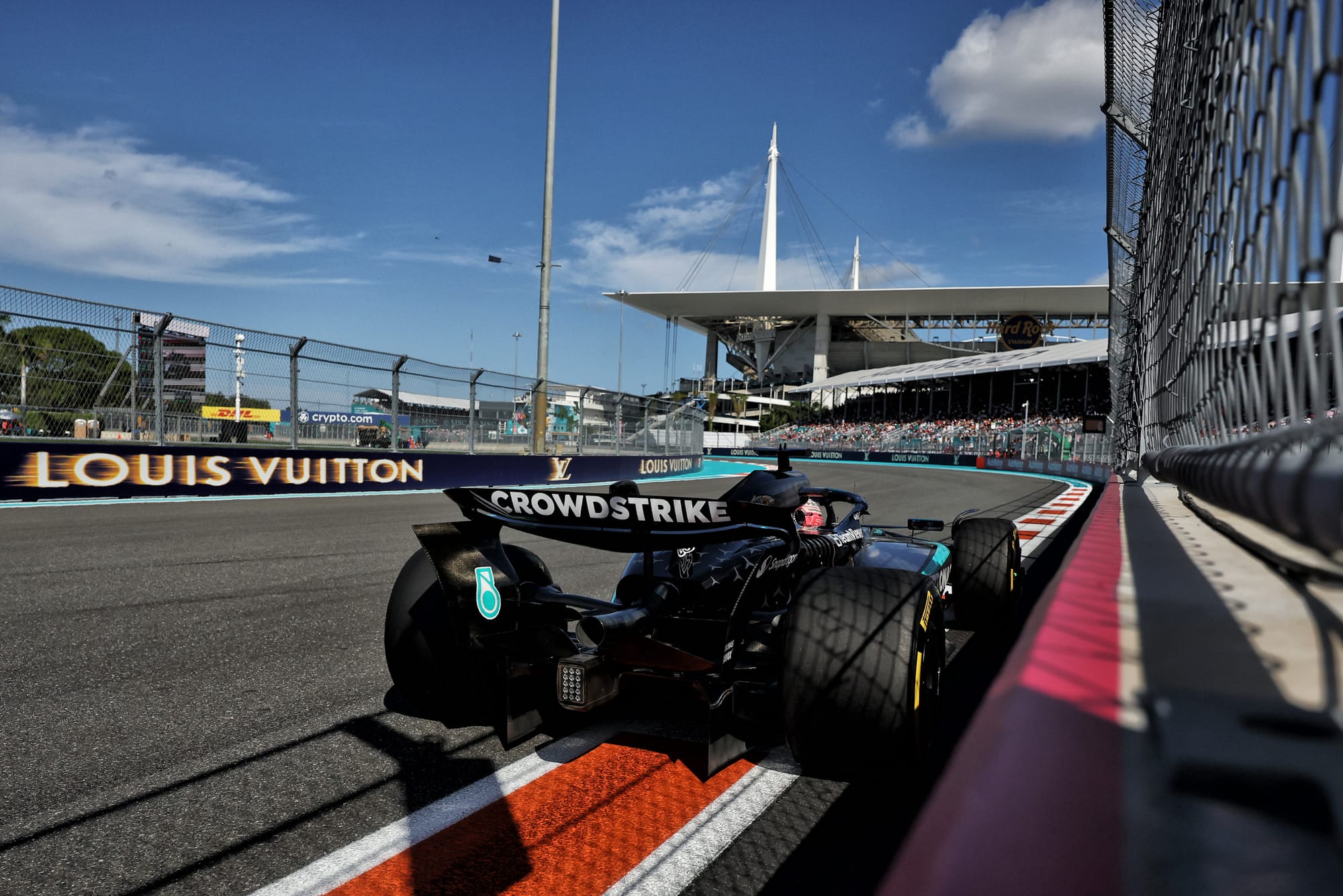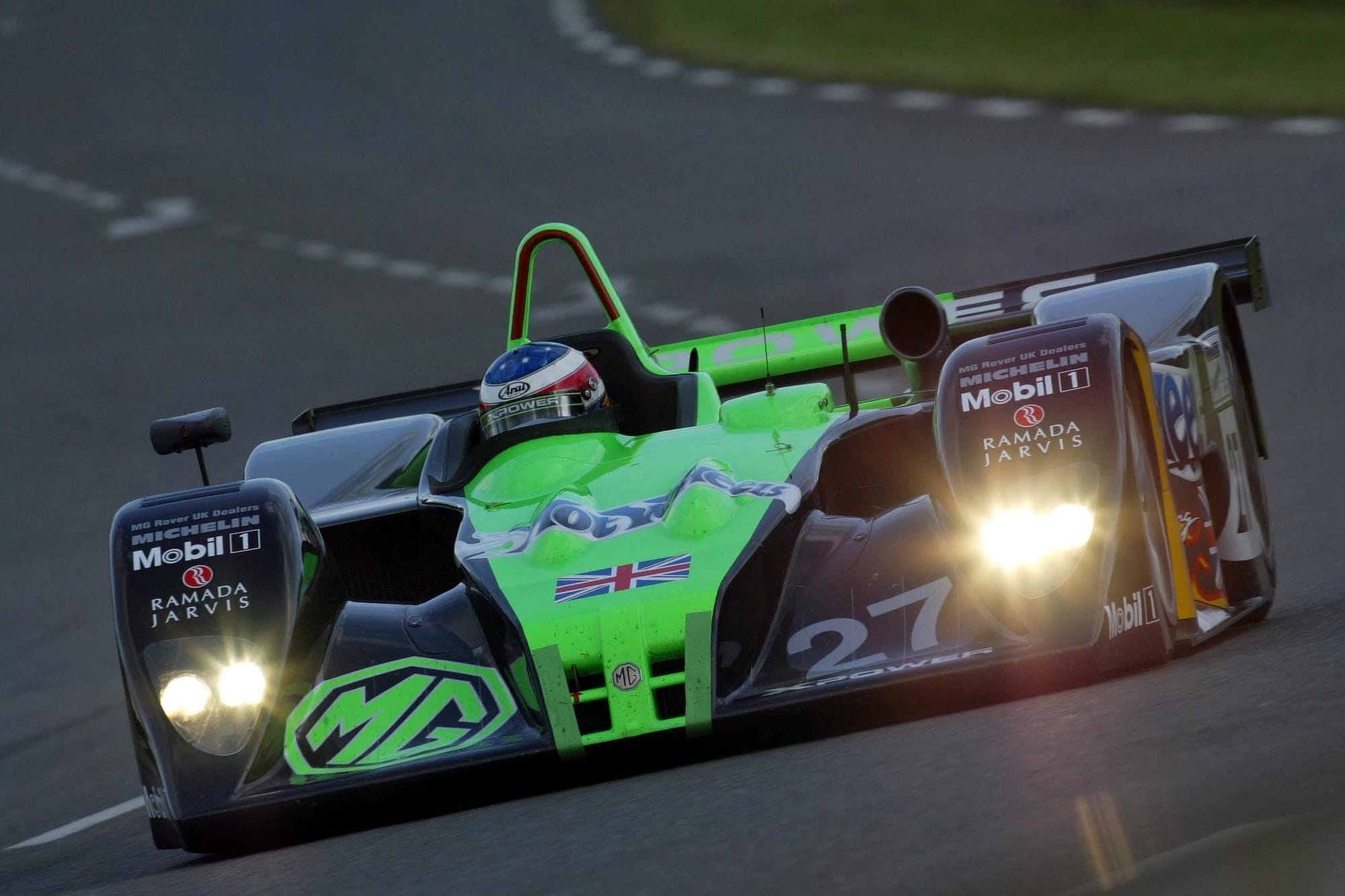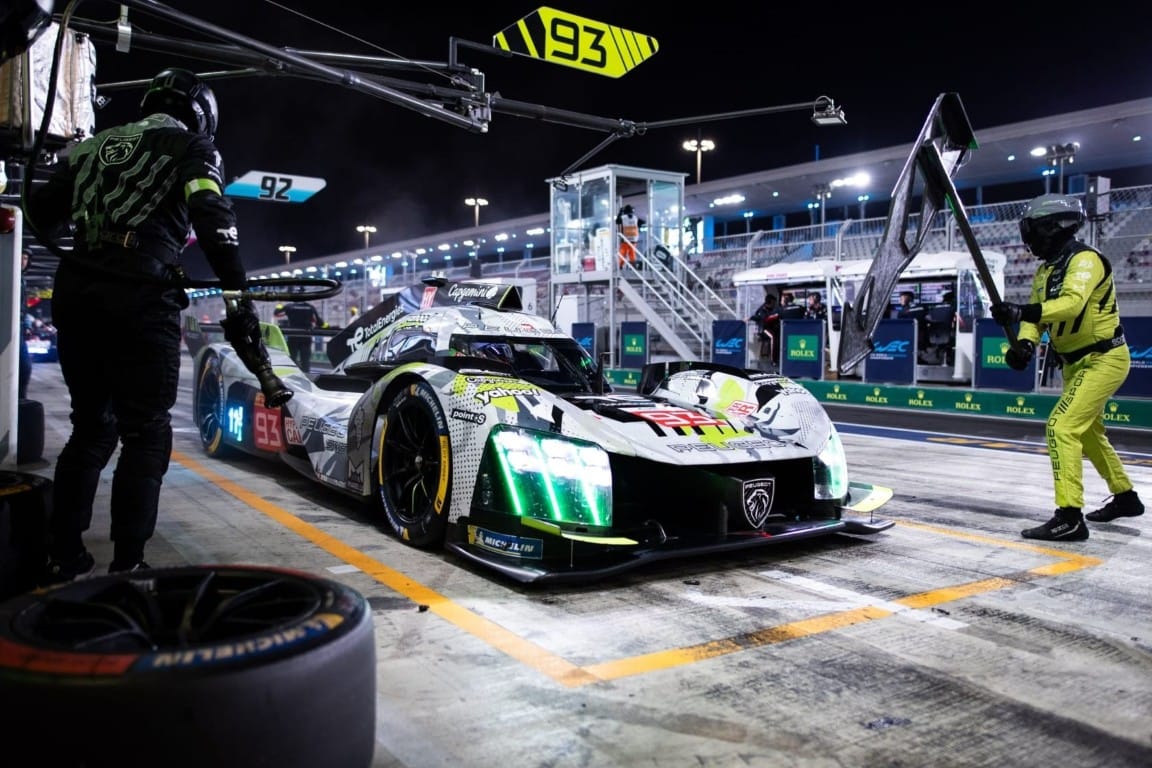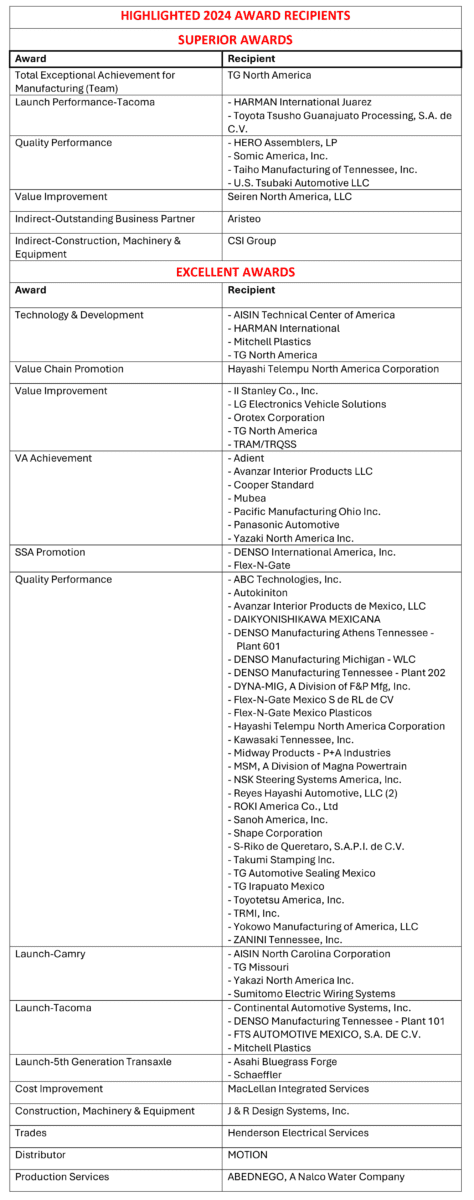Why the WEC has become a qualifying formula
Qualifying used to count for little beyond prestige in the World Endurance Championship. But there's a very different picture in the Hypercar era
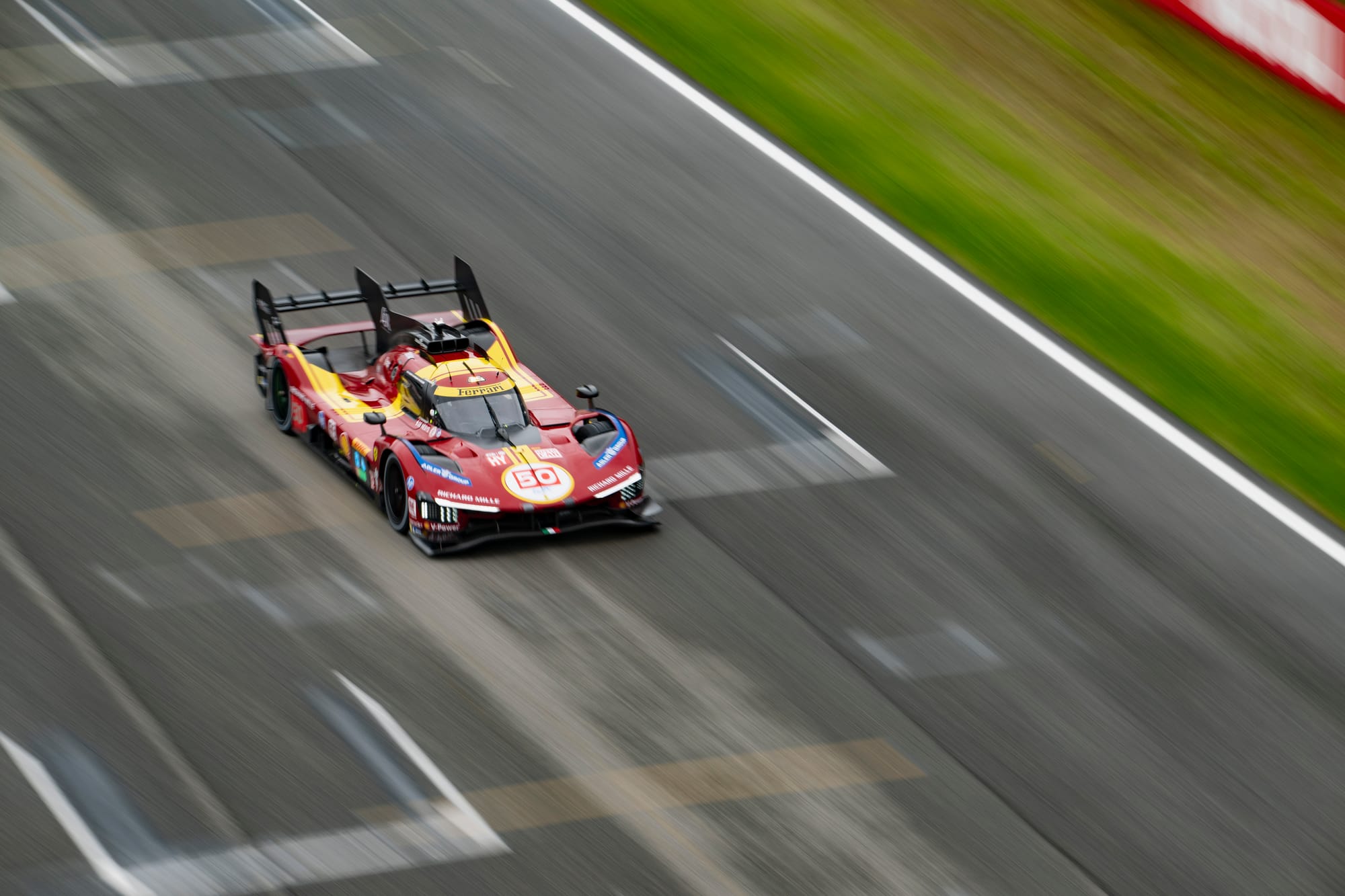

In the past, qualifying sessions in endurance racing were only used to secure the honours of the specialist press until the start of the race.
But that has changed significantly, as seen last month at the World Endurance Championship's Imola 6 Hours, and we're going to explain why...
First, a little history. At the Le Mans 24 Hours, between 1923 and 1962, the grid was formed in descending order of engine capacity and not based on laptimes. It was not until 1963 that the concept of qualifying appeared. And here's an interesting statistic: only 13 teams have managed to convert pole position into victory, a mere 21%!
This is what prompted Neel Jani to say in 2016 after a qualifying session he had dominated: "Pole position is useless at Le Mans, it's just a matter of prestige." That, and the pride of making the front page of the local press.
In La Sarthe, where the race lasts 24 hours, on a circuit with numerous overtaking zones, it would be an exaggeration to say that it is essential, even today. The only advantage of being at the front is that there is less risk of contact than when you are stuck in the pack.
But what about six-hour races in the WEC?
"Last year, as Alpine was a newcomer in the Hypercar class, we were focused on the race during free practice sessions," Alpine A424 driver Paul-Loup Chatin told The Race. "That meant each driver could use a set of new tyres during the week.
"Now they're reserved for the driver responsible for qualifying. Clearly, we need to work on our flying laps because we have higher ambitions. And if that's the case, you have to start at the front. That's the general trend in the WEC. The emphasis on qualifying is much greater than in the past."
But why the change?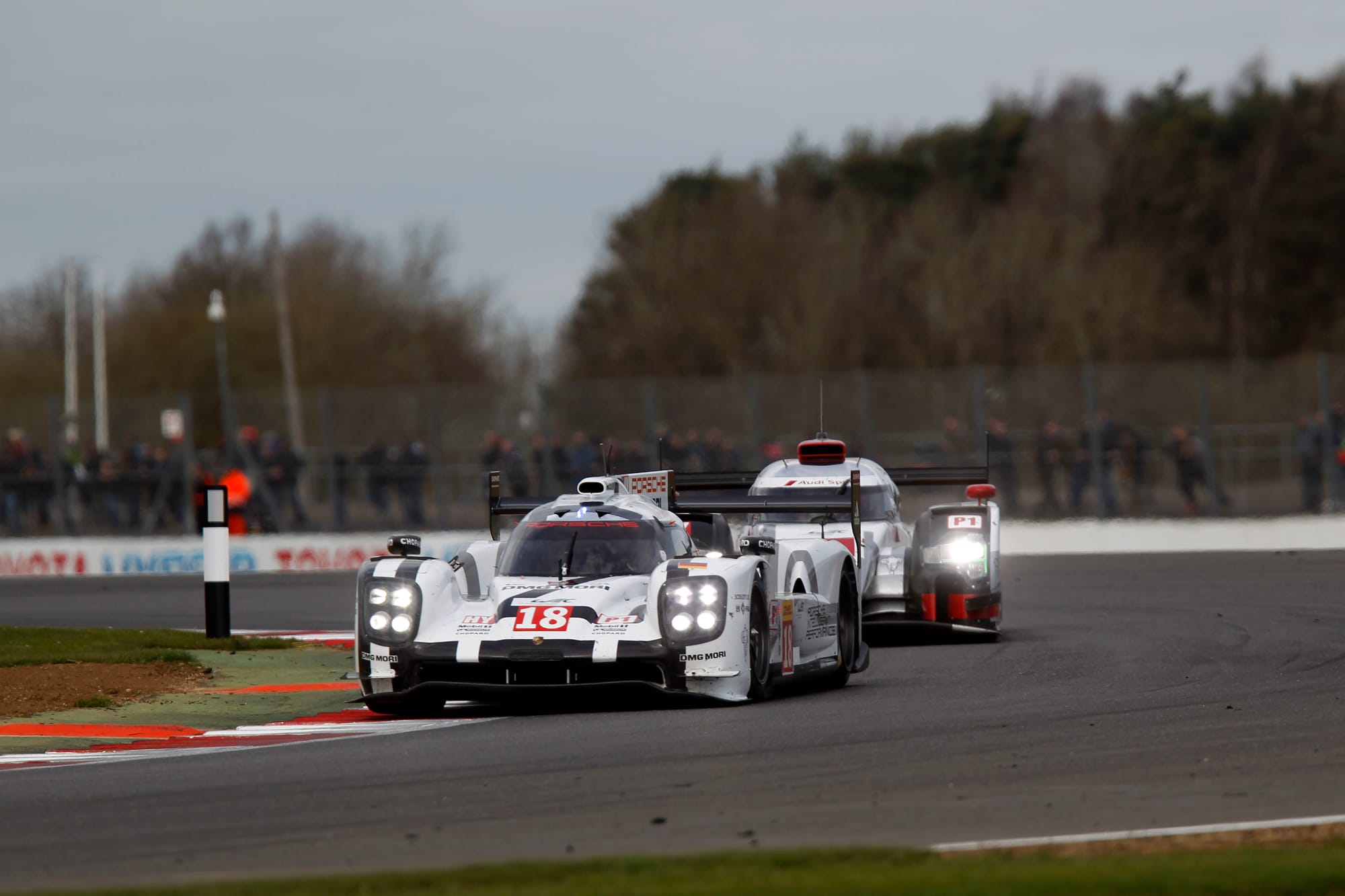
In the previous LMP1 era, starting from pole position didn't make much difference. With very liberal technical regulations, the cars had very different strengths. We remember the countless overtakes between Marcel Fässler's Audi and Neel Jani's Porsche at Silverstone in 2015. The R18 e-tron quattro was mega in the corners and at the end of the straights, while the 919 Hybrid looked like a dragster coming out of the corners, which meant that the two overtook each other several times per lap.
In addition, at the time, it was possible to make a difference by consuming less fuel, which meant fewer pitstops or at least one shorter pitstop. Another option was to complete several stints on the same set of tyres, gaining precious seconds in the pits, something Toyota mastered.
But everything changed in 2021 with the introduction of the Hypercar regulations. Now, the number of tyre sets is limited and the length of the stints is the same for everyone, as is the refuelling time, which is calculated accordingly.
More endurance racing coverage on The Race
- The new home for rejected F1 talent
- Porsche's Hulkenberg-inspired plan for Wehrlein's Le Mans debut
- All the details of Hyundai's ambitious Genesis WEC/IMSA project
- Everything we know about McLaren's 2027 WEC entry
In addition, the technical regulations have become extremely restrictive, with a common hybrid system for all cars complying with the LMDh technical regulations, which sometimes even share the same chassis - such as the BMW M Hybrid V8 and the Cadillac V-Series.R, both of which are based on the same Dallara monocoque.
The regulatory aerodynamic window within which the cars must fall is also extremely narrow, with very precise drag and downforce levels to be respected and checked by the governing bodies in windtunnels.
Finally, the last point to note is, of course, the fact that the Hypercar category is governed by a Balance of Performance, which levels the performance of the cars by adjusting their power and weight, but now also controls their top speed.
All this means that the cars end up making their laptime at the same places on the circuit, whereas in the past some had the advantage in corners, others in acceleration, and others still at the end of the straights.
So if the field is always tighter, with more direct fights, we get what we call pack racing. And that's what makes the starting grid position so important now. At Imola, track position was the keyword and obsession of all competitors.
"Given that the field is so close, we can no longer say that qualifying is pointless in Endurance," Peugeot Sport technical director Olivier Jansonnie confirmed to The Race. "It's even more important here given the [narrow] layout of the track."
The main attraction at the start of last Sunday's race was the progress made by Nicklas Nielsen, who started 18th after his team-mate Antonio Fuoco had all his qualifying times disqualified for exceeding track limits. Despite a Ferrari 499P that was far superior to the competition, his comeback was not easy. At the end of the race, Fuoco, running out of options, even made contact several times with Sebastien Buemi's Toyota - to no avail.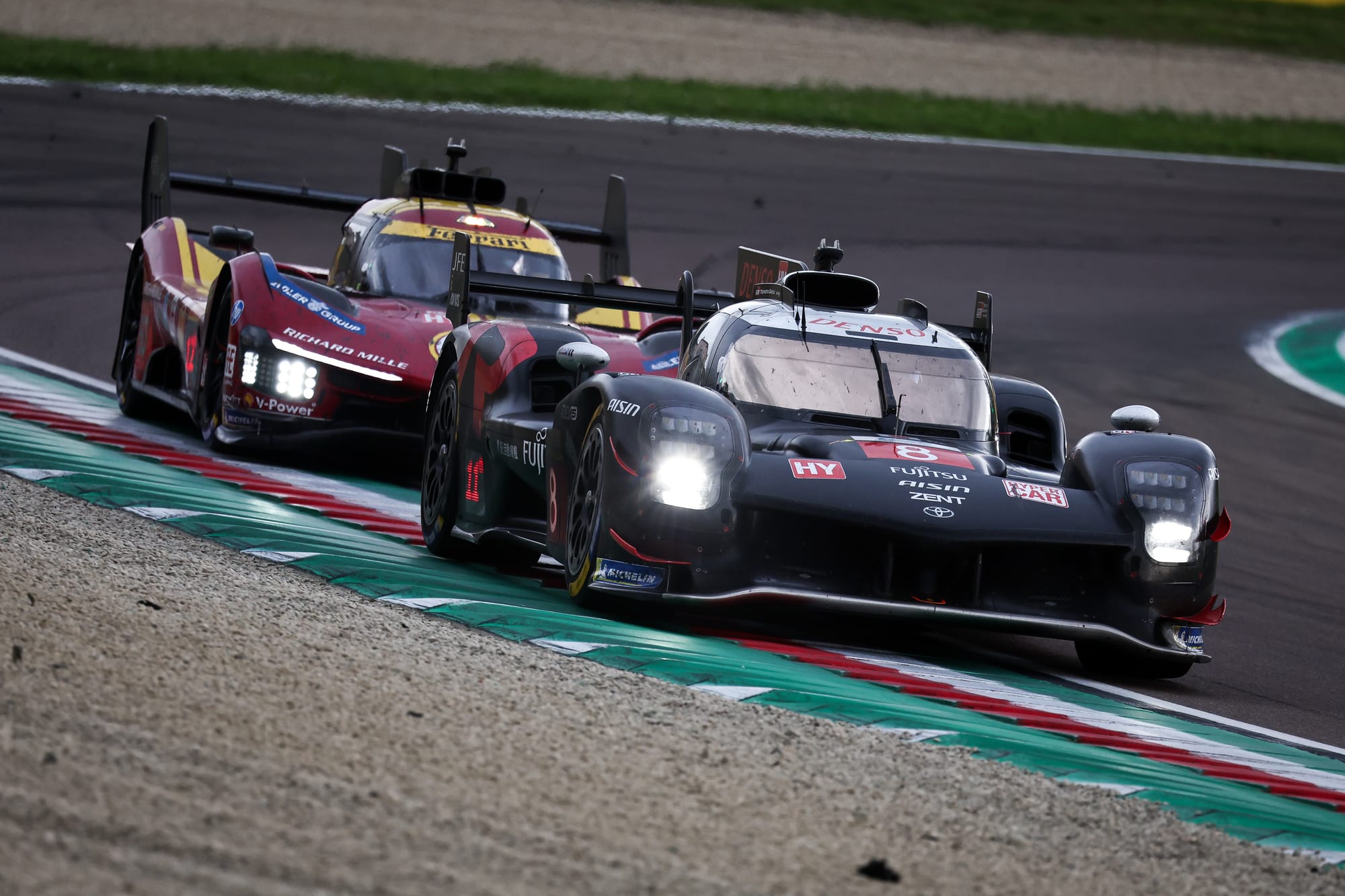
Honestly, apart from the 499P, we don't remember many overtakes at the front of the field last Sunday. And they were few and far between over the 1812km of the Qatar circuit, which is designed for motorcycles and has low tyre degradation.
"The only way to overtake is in the pitlane, by opting for different strategies," Jansonnie said. "The starting position is crucial, but there will still be opportunities to do something in terms of strategy."
And that was indeed the only possibility, hence the varied tactics at the last restart in the Imola race. The #36 Alpine and #20 BMW opted for two short stints rather than one long stint and a very short final stint, to benefit from a clear track and attack without hesitation. That's what allowed Mick Schumacher and Sheldon van der Linde to finish on the podium.
Toyota, on the other hand, had the intelligence to shorten the first of the last two stints for the #8 car, ending with a long stint, so as to also benefit from clean air.
"It's impossible or very difficult to overtake on this track," explained Toyota technical director David Floury. "I think in two years we've probably seen between five and 10 overtakes on track. It's definitely not a nice track for this kind of racing.
"At the end, you have to try and find ways to make your way up. With the weight and power we have for raceability, it's even more difficult than... It's difficult to start with, but in the wrong case it's even more difficult."
"It's important to get clean air," added Ryo Hirakawa. "Once you're behind the car, you can't do anything. So, yeah, strategy-wise, you can do something like an undercut, overcut, just to short-fuel or something. Just in order to get clean air."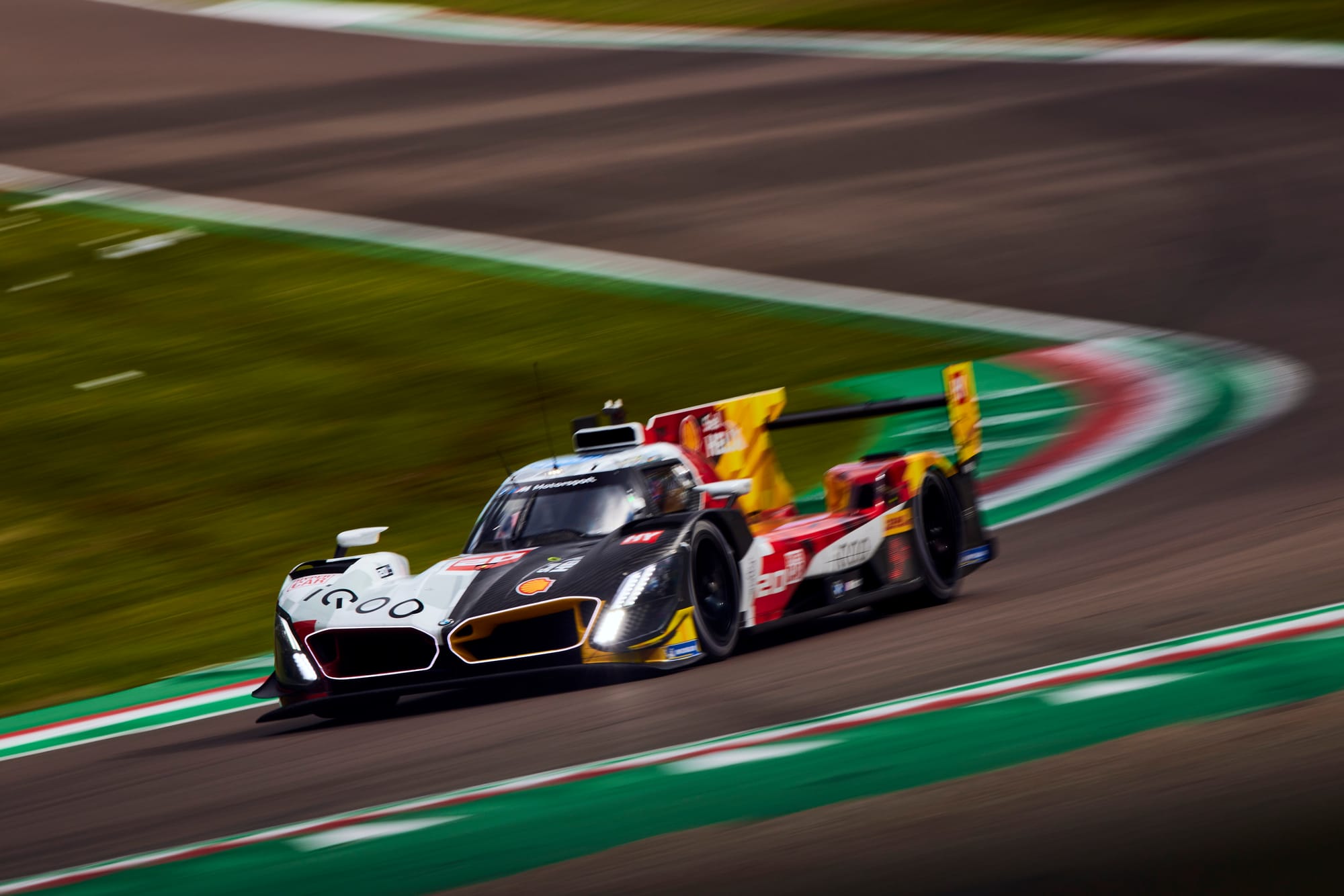
At Spa this Friday, the qualifying and Hyperpole sessions will once again be the centre of attention, even if the Belgian circuit is more conducive to overtaking than Lusail and Imola.
But for the record, since the beginning of 2023, in 17 races, the car starting from pole position has only won seven times. To date, Toyota has secured seven pole positions, compared with six for Ferrari (undefeated in 2025), three for Porsche and one for Cadillac.
















![Life in Startup Pivot Hell with Ex-Microsoft Lonewolf Engineer Sam Crombie [Podcast #171]](https://cdn.hashnode.com/res/hashnode/image/upload/v1746753508177/0cd57f66-fdb0-4972-b285-1443a7db39fc.png?#)









